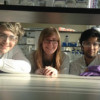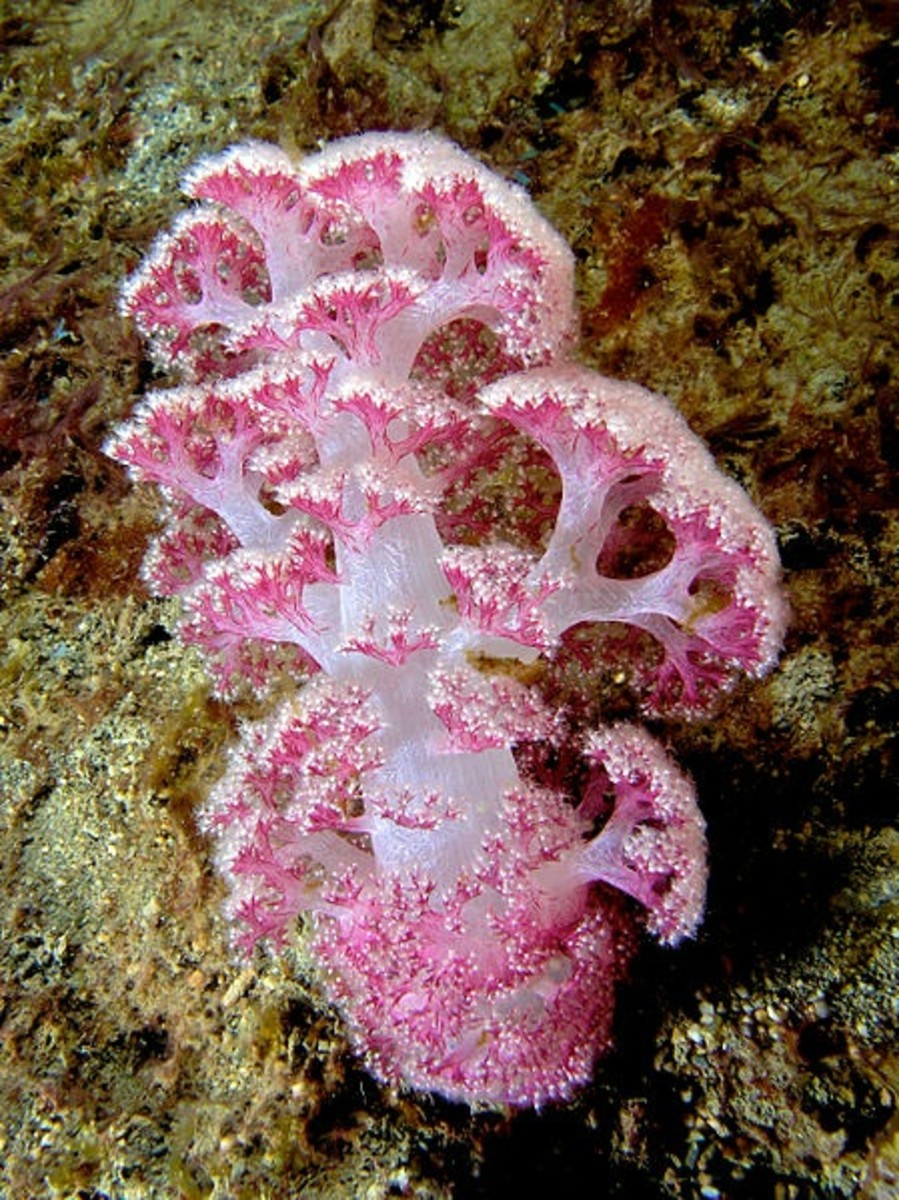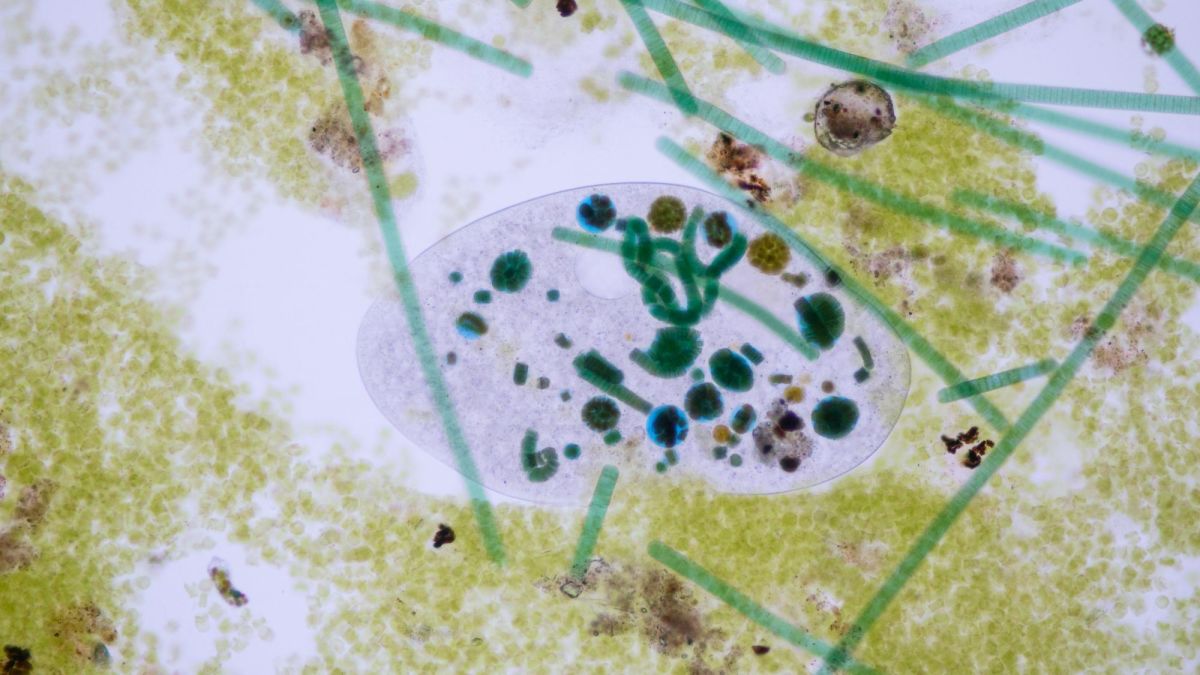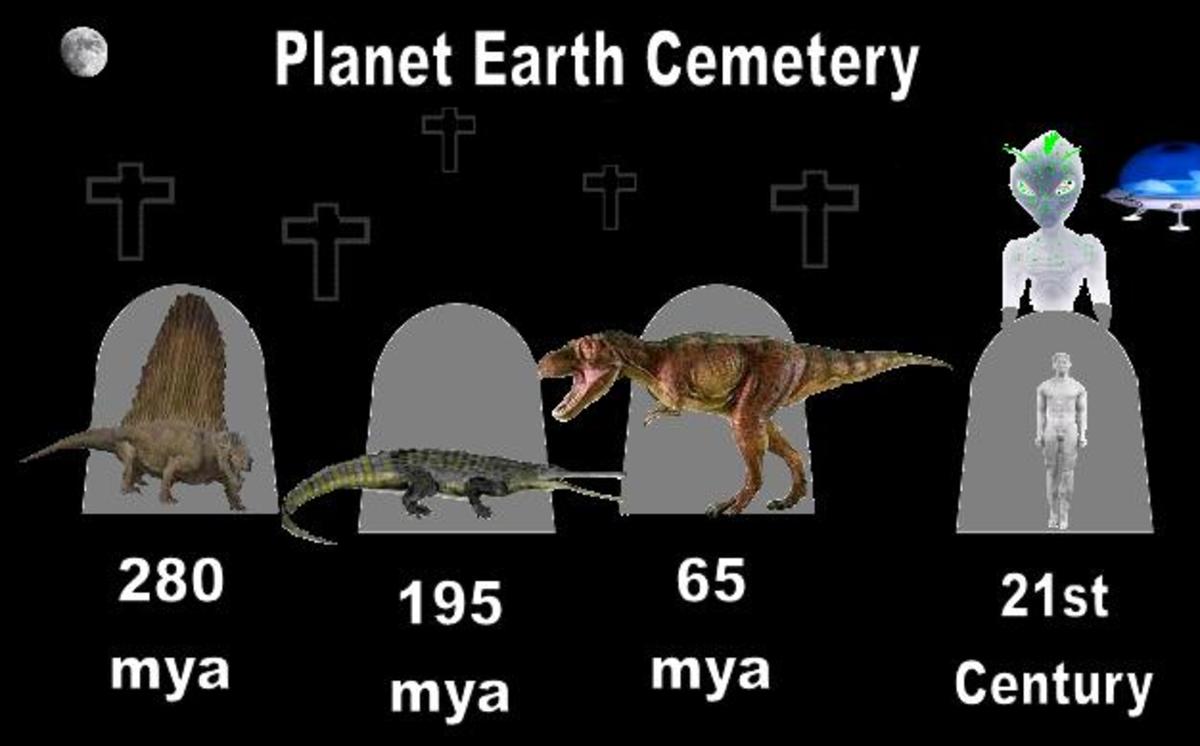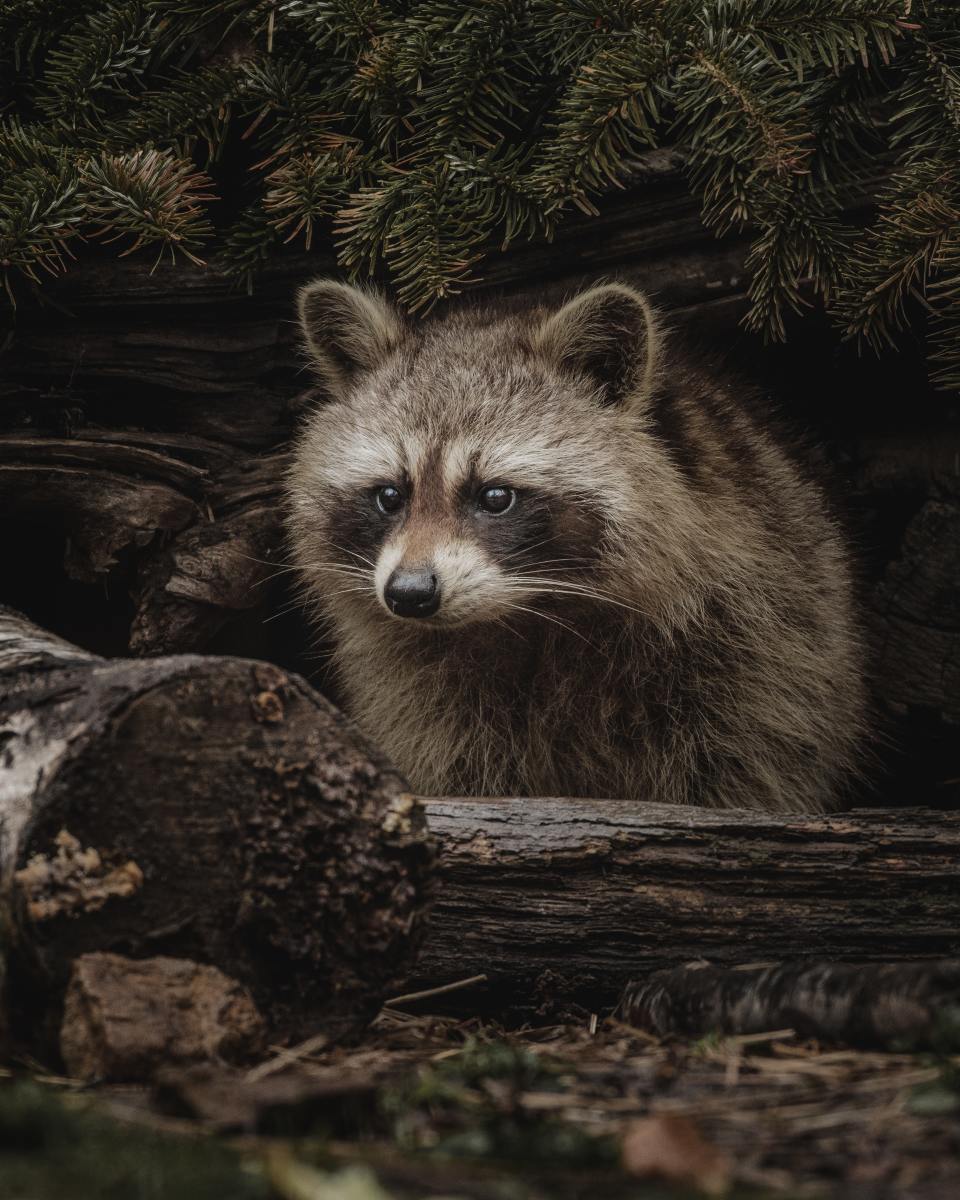The Ecological Characteristics of Streams
Physical Characteristics
Observations of the Catchment Landscape
The landscape had evidence of forestry. There were areas where the trees had been cut down, the excess branches were removed and then they were stacked in piles in a lay-by, waiting for transportation elsewhere.
There was little evidence of agriculture but elsewhere in the Brecon Beacons, there were areas of sheep grazing. Therefore, it may have been an area of grazing in the past or potentially in the future.
The bark on the trees was unusually dark which possibly hinted that there could be pollution in the area, however there were also lichens which suggest clean air. One cause of this pollution could have been from the passing cars. In addition, the area is a National Park, which adds to the number of cars which traverse the road. This is especially probable because Mooney (2004) suggests that the number of visitors is roughly 3.6 million. Furthermore, there were places where footpath erosion was highly visible-a form of pollution from these tourists.
Depth Profiles and Stream Bed Nature
Table 1 Depth Profiles and Stream Bed Name (Cummins 1962;Tolkamp 1980)

Table 2 Current Speed

Figure 1 Birds Eye View River Sketch
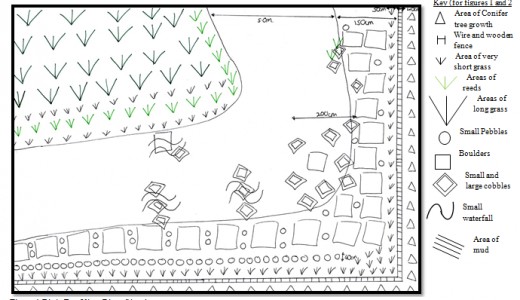
Figure 2 River Cross Section Sketch
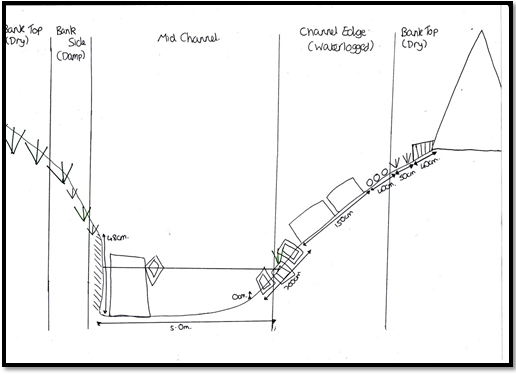
Biological Characteristics
Main Energy Sources of the Stream Heterotrophs
The main energy source of all organisms is that of the sun however conifer trees placed some of the stream in shade, reducing the amount of energy for the stream and its organism below. Another effect these trees had was that they shed pine leaves into the river, which could be seen as being an example of allochthonous leaf litter. However, this effect is rather mild for example, in comparison to a deciduous tree which yearly sheds all of its leaves.
Surrounding the stream were other examples of plant life e.g. short and long grasses and reeds. Parts of these also occasionally fell into the water.
An autochthonous submerged macrophyte was that of photosynthetic green algae.
Location of Invertebrate Capture
In the areas of small cobbles, small pebbles and coarse gravel at 4.5-5.0m (Table 1), web spinning caddis were found on top of the rocks. There were also some larvae found in this area, on the top of the smaller rocks. The main bulk of invertebrates were found by using the net in the deeper area of the stream by unsettling and moving the rocks. Thus, other organisms were found living under and around the larger rocks. These latter organisms were more active when captured and continued swimming with great energy.
Bibliography
Cummins (1962) and Tolkamp (1980), The Wentworth Classification of Substrate Particle Substratum Size.
FSC (2012), Changes across the Stream and River Channel, http://www.lifeinfreshwater.org.uk/Web%20pages/Rivers/Change%20across%20Channel.htm.
Mooney (2004), The Impacts of Leisure and Tourism on the Brecon Beacons National Park, http://www.breconbeacons.org/learning/educators-information/factsheets-1/the-impacts-of-leisure-and-tourism-on-the-national-park.
Ruppert et al (2003), Invertebrate Zoology, Brooks/Cole, Seventh Revised Edition.
